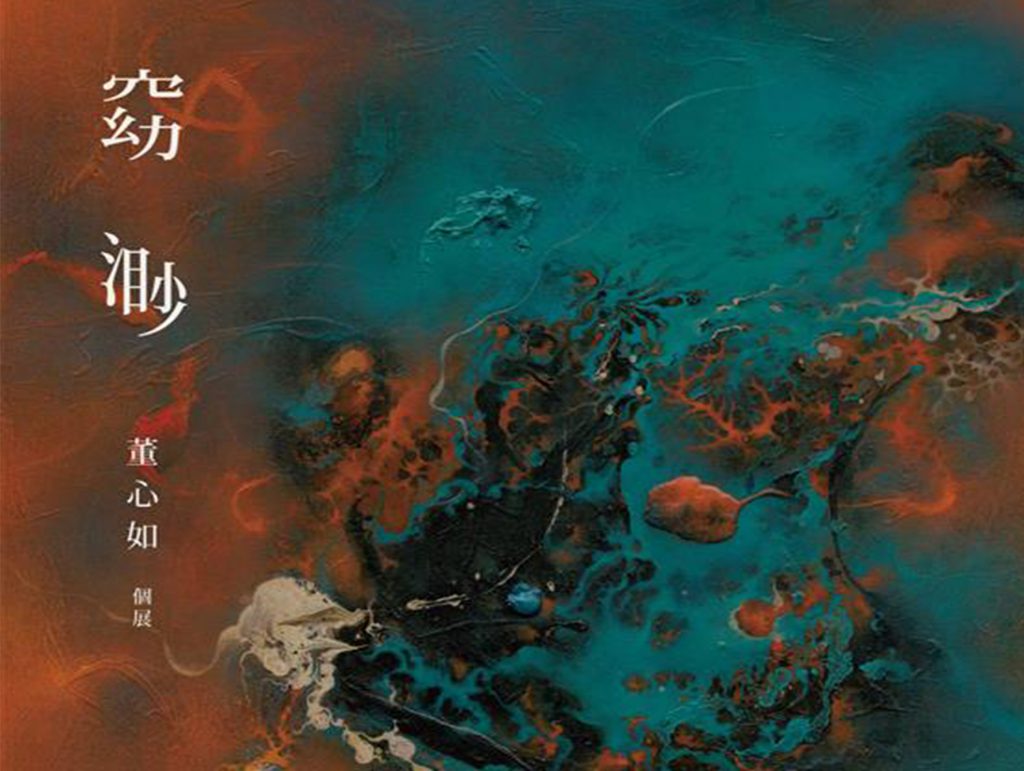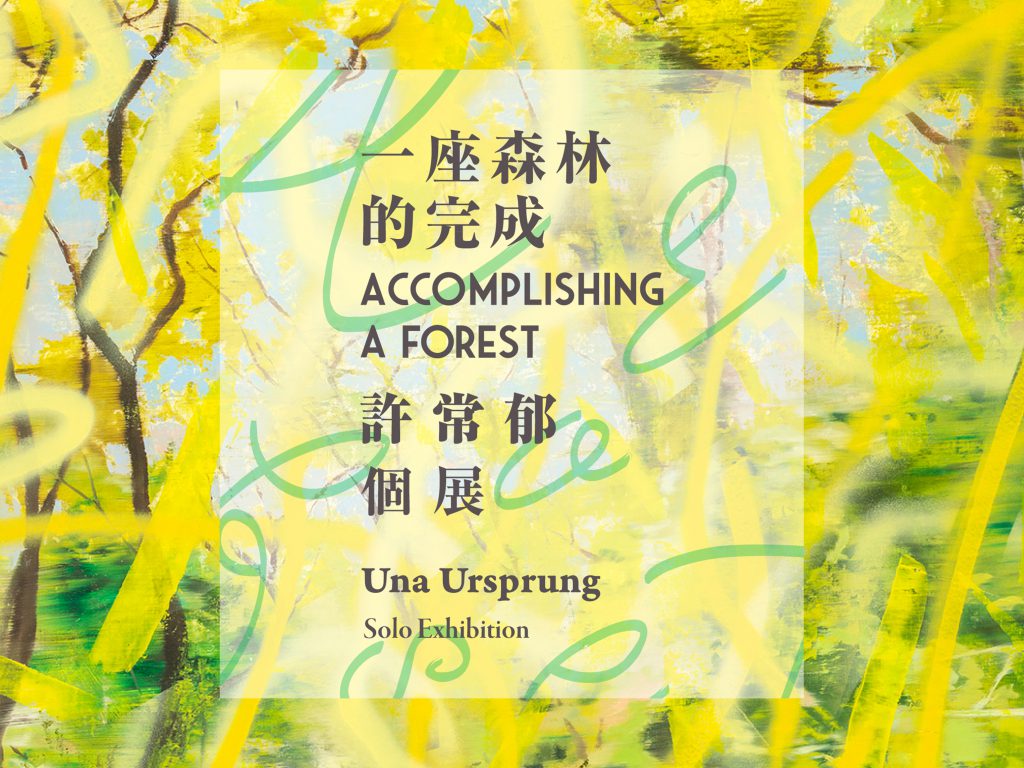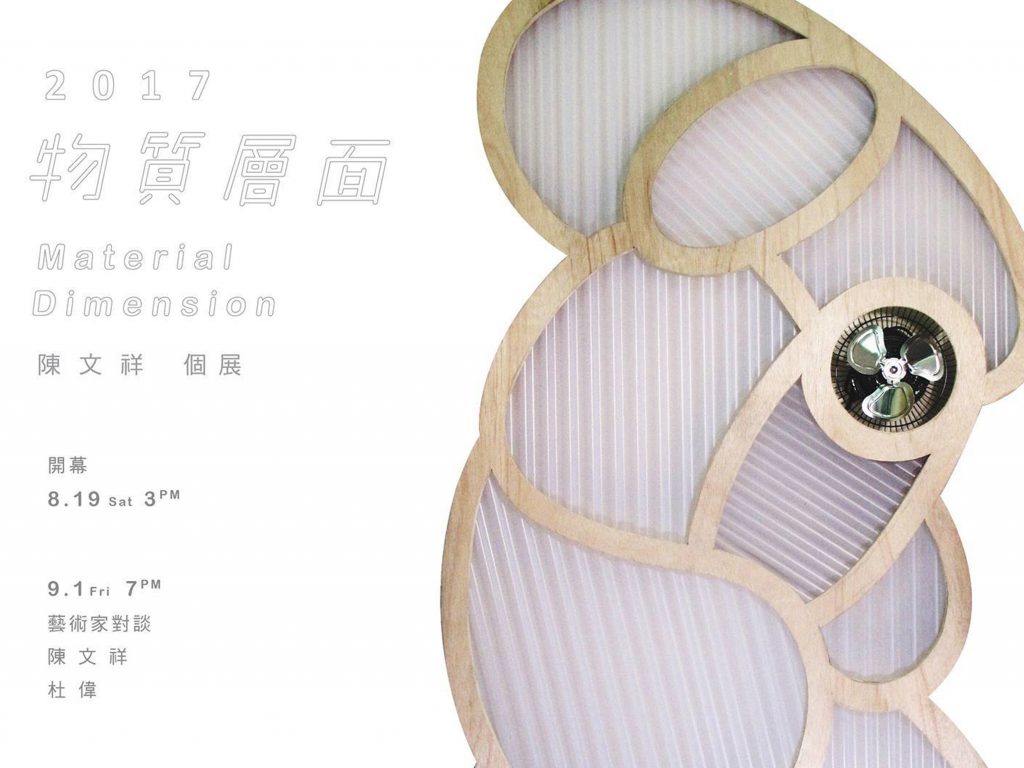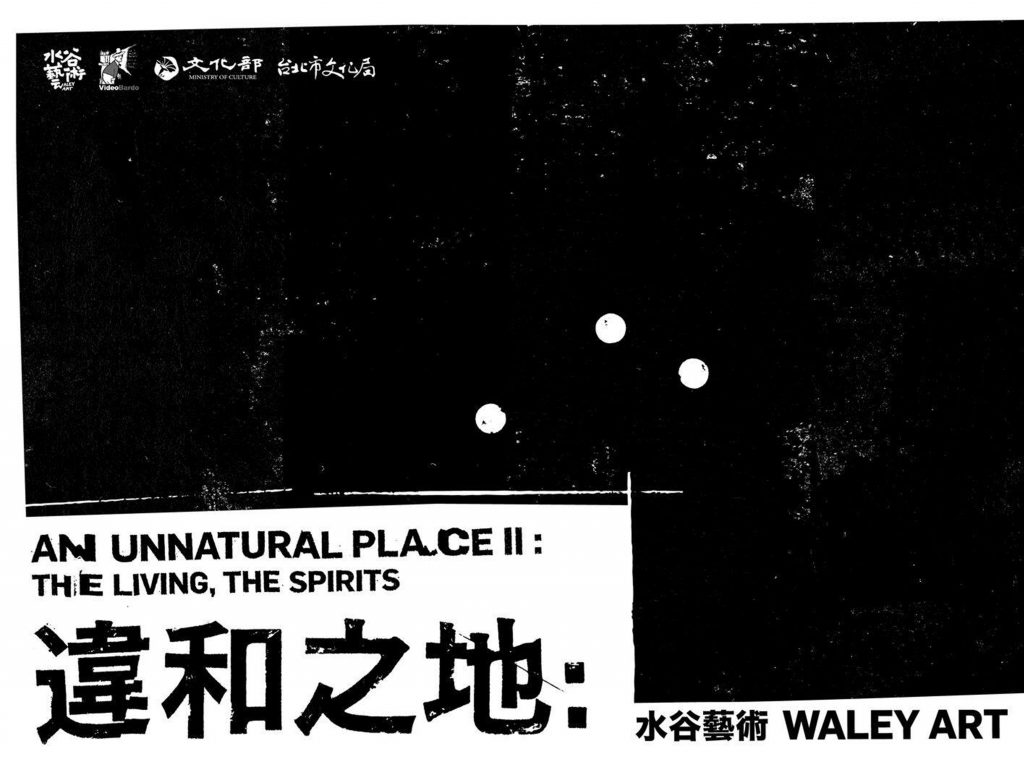
「窈渺」 – 董心如個展
董心如在其新作《窈渺》系列,似乎試圖探究一個全新的議
本展名為「窈渺」其實並非偶然,「窈」乃「山水深遠曲折
— 策展人 陳貺怡
Hidden Immensity – Tung Shin Ru Solo Exhibition
The new series, Hidden Immensity, Tung Shin Ru reveals an attempt to initiate a new topic. In some of the new paintings, she applies a thick foundation that is like a coarse, rough land surface; and in others, we see smooth, transparent surfaces that look like water surfaces. In terms of her use of paint, it might be thick and dense that seems to fill up the entire space, sometimes; and it might be light and thin that barely covers the surface at other time. It might also be still sometimes, and fluid at others. Besides, she starts employing challenging neon colors and work on methods to integrate these contrasting tones with creating contradictions. Even the light, depth, and air have become alive and stirred because of the sharp contrasts in colors and brushstrokes. We can see how she has tried to reach a balance between the self-revelation of the material and her control over it. Through the movement of Tung’s brush and her colors, her paintings intensely stimulate our senses and demonstrate uncontrollable forces.
We can say that the artist has purposefully named the exhibition Hidden Immensity. The Chinese character, “yao (窈),” can refer to both ” deep and profound landscape” and “a graceful and elegant woman” whereas the character, “miao (渺)” means “tiny or infinitesimal.” One can understand the meaning conveyed through the Chinese title by looking at the artist and some of her paintings. However, although Tung’s paintings remind us of herself as the both embody elegance and profoundness, the artist and her works also demonstrate extremely powerful forces and a sense of great aspiration. The core concept of Tung’s art has always been to create breakthroughs after initial collisions, and it is a sense of harmony rather than conflicts that lends this new series its infinite charm.
— Curator Chen Kuang Yi

藝術家介紹|
1964年生於台灣,1994年畢業於美國紐約普萊特藝術學院美術系研究所碩士班。作品以抽象畫見長,多以藝術的視角,觀察環境的細微變化,包括:植物、深海、花草、人、昆蟲、樹影、月光等意象,並將個人的生命意識融合自然世界,透過創作形式轉化成傳遞意念的橋梁。董心如以創作呈現對於生命的熱情與好奇,還有對遼闊宇宙與神秘自然的嚮往,並藉著創作反思自然與人類相處共生的困境。其作品體現抽象的繪畫空間,也是深藏於藝術家內心的詩意抒情。曾於台灣、丹麥、美國等地舉辦多次個展與聯展 ; 臺北市立美術館、國立台灣美術館及高雄市立美術館皆收藏其作品。
About the Artist|
Born in Taiwan in 1964, Tung graduated from the American Pratt Institute’s Graduate School of Arts with a Master’s degree in Fine Arts in 1994. Her work has become progressively more abstract, often observing minute changes in her environment from an artistic perspective, including images such as plants, the sea, plants, people, insects, tree shadows, and moonlight. Furthermore, Tung mixes her individual consciousness of life into the natural world, transforming it into a bridge over which her ideas pass. Tung’s passion and curiosity reveals itself in her work, along with her yearning for the vast universe and the mysteries of nature; through her work, she reflects on the conflicts between humanity and nature. Her work embodies an abstract painting space, and also the poetic lyricism hidden deep within the artist’s heart. She has given many individual and joint exhibitions in places ranging from Taiwan and Denmark to the U.S.A., and her work has been acquired by the Taipei Fine Arts Museum, the National Taiwan Museum of Fine Arts, and Kaohsiung Museum of Fine Arts.
展覽資訊|
策展人Curator|陳貺怡
時間Duration|2017.08.19-09.24
開幕暨座談會Talks|2017.08.19 15:00
開幕與談人|董心如、陳貺怡
藝術分享會Forum|2017.09.09 15:00
分享會與談人|董心如、陳貺怡、廖仁義
地點Location|采泥藝術 Chini Gallery(台北市大直敬業一路128巷48號1樓)



















